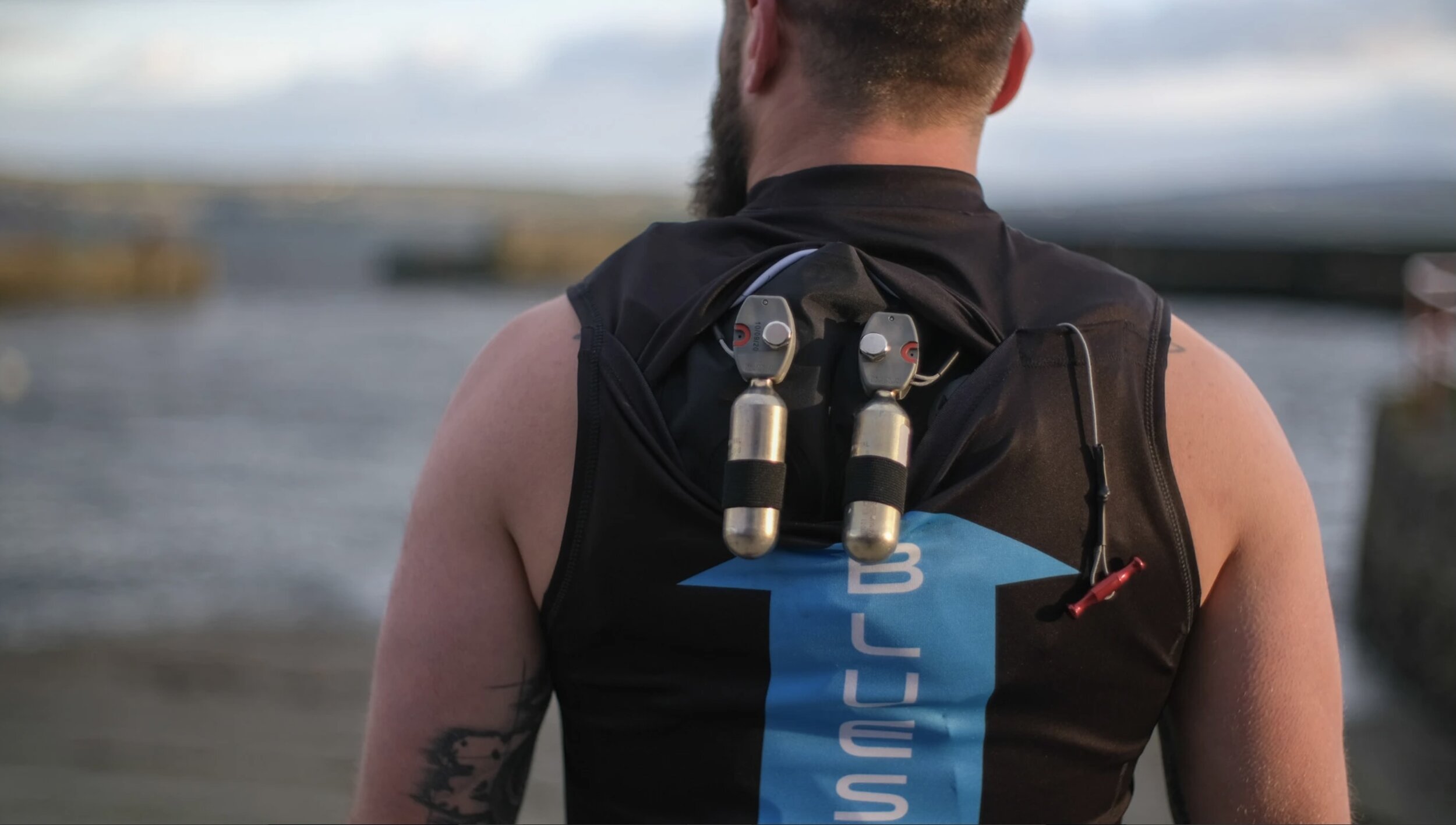How to: climb your Leash - Frosty Hesson
Frosty Hesson explains how he climbs his leash to find his way back to the surface from a 30ft depth of a wipe-out at Mavericks... Frosty Hesson is a veteran big wave surfer, who started surfing Mavericks in the early 90's.
Frosty & Jay
Frosty Hesson is a widely respected veteran big wave surfer, who started surfing Mavericks in the late 1980’s. He took Jay Moriarity’s under his wing. Jay grew up to become an iconic big wave surfer, partly because of the notorious “Iron Cross” wipe-out at Mavericks.
It landed the then 16 year-old surfer from Santa Cruz on the cover of Surfer magazine and kick-started his surfing fame. The story of Jay Moriarity’s life is depicted in the Hollywood movie “Chasing Mavericks.”
Jay is known for his fluid surfing style, positive attitude, and contagious stoke. His tragic passing (during a solo freedive session in the Maldives) sent shockwaves through the surfing community, felt to this day.
In Chasing Mavericks, the big wave Hollywood movie that depicts the life of Jay Moriarty, Frosty’s role is played by Gerard Butler.










